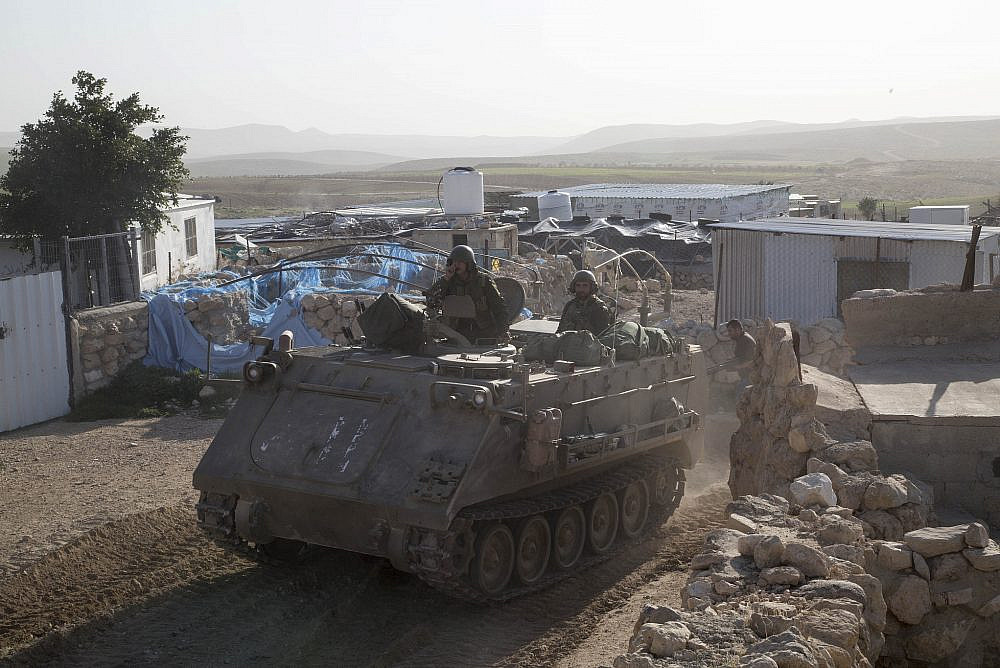This article was published in partnership with Local Call.
Yaakov Havakook, an anthropologist and former member of Israel’s Defense Ministry, had no idea that a book he wrote 40 years ago had sealed the fate of over 1,000 Palestinians living in the occupied West Bank today.
In early May, Israel’s High Court ruled that the military could expel the residents of eight villages in Masafer Yatta, a small area located in the South Hebron Hills. The judges’ central justification was based on an ethnography written by Havakook, which, in the eyes of the state, proves that there were no “permanent dwellings” in Masafer Yatta in 1980, the year the Israeli military commander declared it a live firing zone for the purposes of IDF training. Based on this, the state argued, the army is right to expel the residents from the area.
Yet in a recent conversation I had with Havakook, the anthropologist himself contradicted the state’s account. When I first told him about how the court’s ruling was based, among other things, on his book, he knew nothing about it. More importantly, he called into question the state’s interpretation of his study and its use to justify the expulsions.
During the High Court hearing in April, the state argued that the maps Havakook used in his book had designated the Palestinian villages of Masafer Yatta as “seasonal settlements,” suggesting that the residents temporarily migrated there for only a few months in the year. Justice David Mintz himself referenced these particular pages when he accepted the state’s position and greenlit the expulsions.
Why is any of this relevant? Because according to Israeli military law, “live firing zones” do not apply to permanent residents. The state claimed that since Havakook wrote that the residents of Masafer Yatta do not live there year round, they can be expelled.
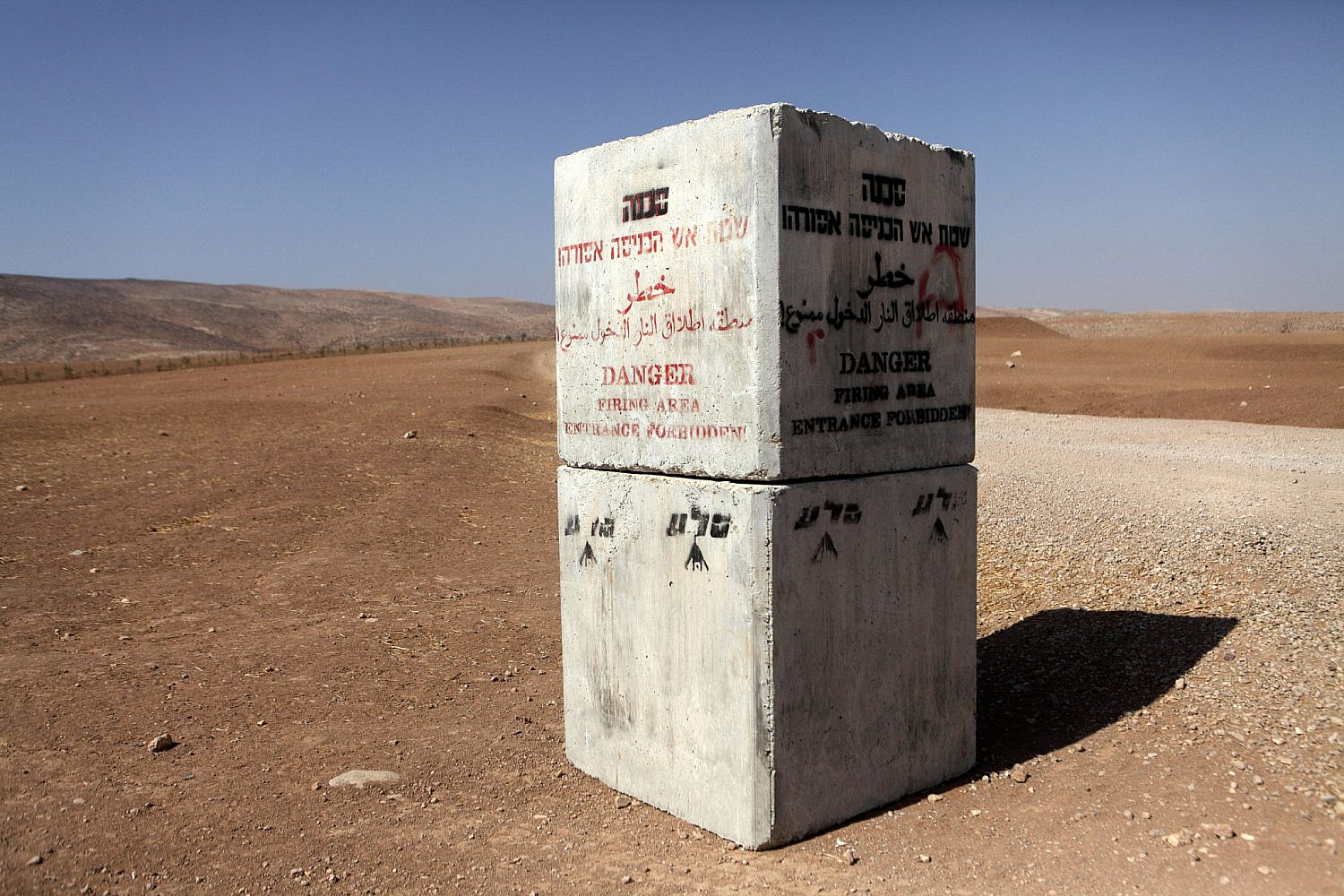
Havakook disagrees with this interpretation, particularly of his use of the term “seasonal settlements.” Two decades ago, he tried to submit an opinion to the High Court on behalf of the petitioners against the expulsions. But the Defense Ministry, where Havakook worked at the time, forbade him from submitting an affidavit as well as numerous photographs he had taken that clearly show the existence of the villages in the 1970s and ’80s. At the same time, the ministry used select quotes from his book to argue that the villages there were not permanent.
Furthermore, the justices did not refer at all to the countless testimonies by Palestinian residents of Masafer Yatta, who describe their presence in these villages long before Israel occupied the West Bank in 1967.
The disqualification of the residents’ own experiences, along with the fact that the ruling was made by the High Court of an occupying state that conducted its proceedings in a language foreign to the people who would be impacted by it, is part-and-parcel of the colonial framework within which the trial took place. Moreover, the story of Havakook reinforces the notion that Israeli expert voices only receive legal weight in this framework if they serve the interests of the state.
‘It was clear to everyone around that this was their village’
In his work as an anthropologist, Havakook studied the lives of the Palestinian cave-dwellers in the South Hebron Hills, living with them between 1977 and 1981, around the time that the army declared Firing Zone 918 on the land of Masafer Yatta. For this reason, his opinion carries tremendous legal weight, and both sides of the petition quoted from his book, “Life in the Caves of Mount Hebron.”
Apart from Havakook, there appears to be no other people who have conducted such serious field research on the condition of the villages in Masafer Yatta during that period. The importance of his insights further lie in the fact that the High Court judges refused to comment on any evidence relating to years before or after 1980, the year the firing zone was declared.
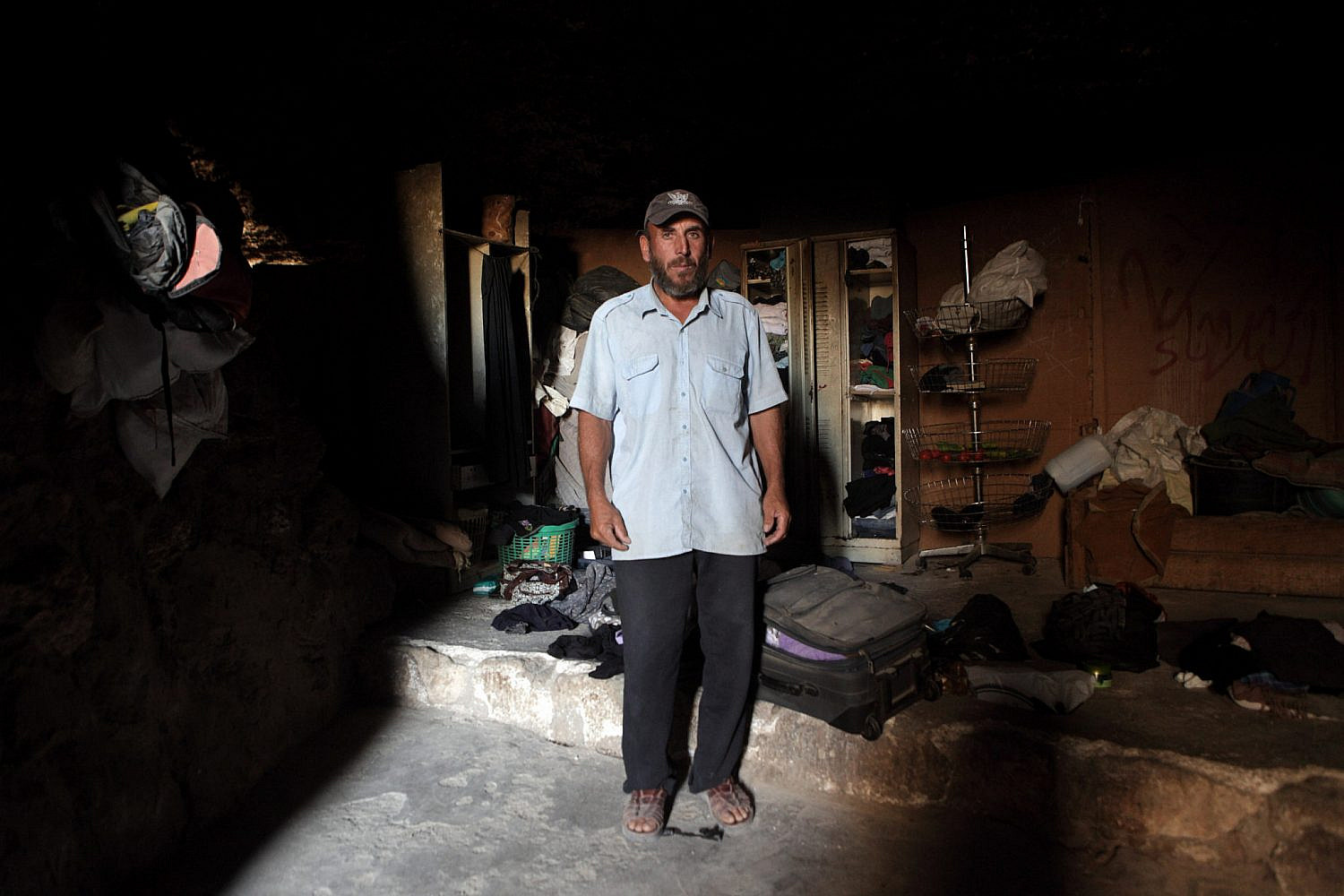
For example, in the final ruling, Justice Mintz did not give any weight to evidence that one of the villages included stone houses dating back to the 1960s, claiming instead that this fact “does not teach [us] anything about the state of affairs in 1980.” He then noted that an anthropologist who had visited the villages in the 2000s wrote that she did not “rely on tours of the place in real time,” but in a “later period.”
Sitting on the balcony of his home, Havakook told me that he had visited the villages now slated for expulsion many times in the 1970s and ’80s.
“I tried to experience day-to-day life with the residents,” he recalled, smiling. “People, even those who were suspicious of me, agreed to open their homes to me. I ate with them, slept in their homes, dressed there, listened to their stories, I was part of their conflicts, I went to the pastures with their children. The things I learned in the years I spent with them, I couldn’t have learned at any university.”
Havakook marked these villages on a map that he had sketched for his book. Jinba, for example, appears on the map, alongside other villages that today lie within the firing zone, such as Fakheit, Taban, and al-Markaz. They are defined in the book and on the map as “seasonal settlements.” I asked Havakook what he meant by that wording.
“The families lived in those villages for six-to-eight months each year, during the grazing season, and after that returned to their ‘mother’ village. With each place that I marked on the map in the book, I also marked that there was an accumulation of families there who lived in inhabited caves, which as far as I’m concerned were a settlement. If there was a particular hilltop where only one or two families lived, I did not include it in the map.”
Havakook is not saying anything new: on page 56 of the book, he wrote: “Every year, during the grazing season, those families would frequent the caves. The grazing season, which coincides with winter, usually begins in October-November, with the first rains, and continues until late April and early May.”
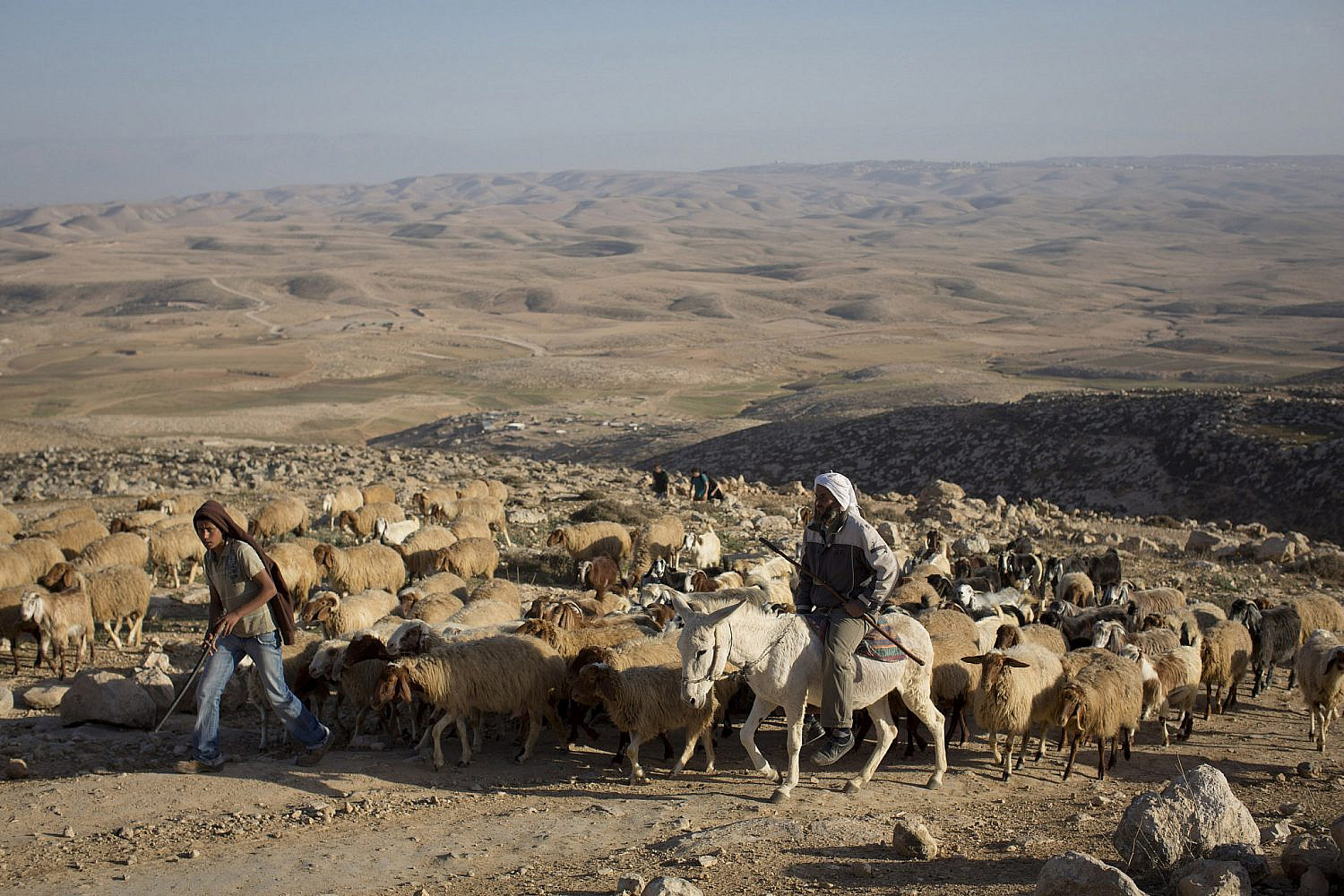
In contrast to the state’s interpretation of his book, Havakook himself said that these families lived in the villages in 1980. He explained that some of the residents maintained a migratory lifestyle between two homes: six-to-eight months in the caves, in villages in the Masafer Yatta area, and the rest of the year in their “mother” villages.
“The families used to arrive regularly, always to the same cave, and when they weren’t there, nobody entered those caves,” he said. “It wasn’t abandoned nor was it randomly invaded. It was clear to everyone around that this was their village, and that a cave was that of a certain family.”
He continued: “There were instances, including in the ruins I marked on my map, of residents staying year-round. All those settlements were in the process of being established. It’s a natural process,” Havakook said, which stemmed from the fact that there was “no more room to live or graze” in the mother villages-turned-cities, whether Yatta or Dura or As-Samu’. As a result, younger residents stayed in Masafer Yatta’s villages all year, and not just during the grazing season.
Forbidden from filing a deposition
The state, however, presented Havakook’s observations otherwise. Its response to the villagers’ petition against the expulsion read: “Havakook’s book shows that there is no grounds for the claim of the petitioners that they lived in the firing zone on the eve of its declaration as a closed military zone. At most, it is possible that some of them used to frequent the firing zone from time to time and temporarily, for two-to-five months a year.”
In his ruling, Justice Mintz wrote that “Havakook’s book does not support the petitioners’ stance that their center of life even before 1980 was in the caves in the firing zone.” He pointed to page 27 of the book, where it says that the villages’ residents “maintained ties to their ‘mother’ villages,” and page 34, where it says that Jinba was a “seasonal settlement.”
Yet during our conversation, Havakook himself emphasized that the villages existed in the 1970s, and that families lived in them permanently or for extended periods of time. Their connection to these places, he said, was unquestionable. “It was their home. I sat with them, I experienced with them their daily lives and everything that comes with that,” he said. Havakook described how he walked around the South Hebron Hills, particularly in the area that would come to be known as Masafer Yatta, with two cameras.
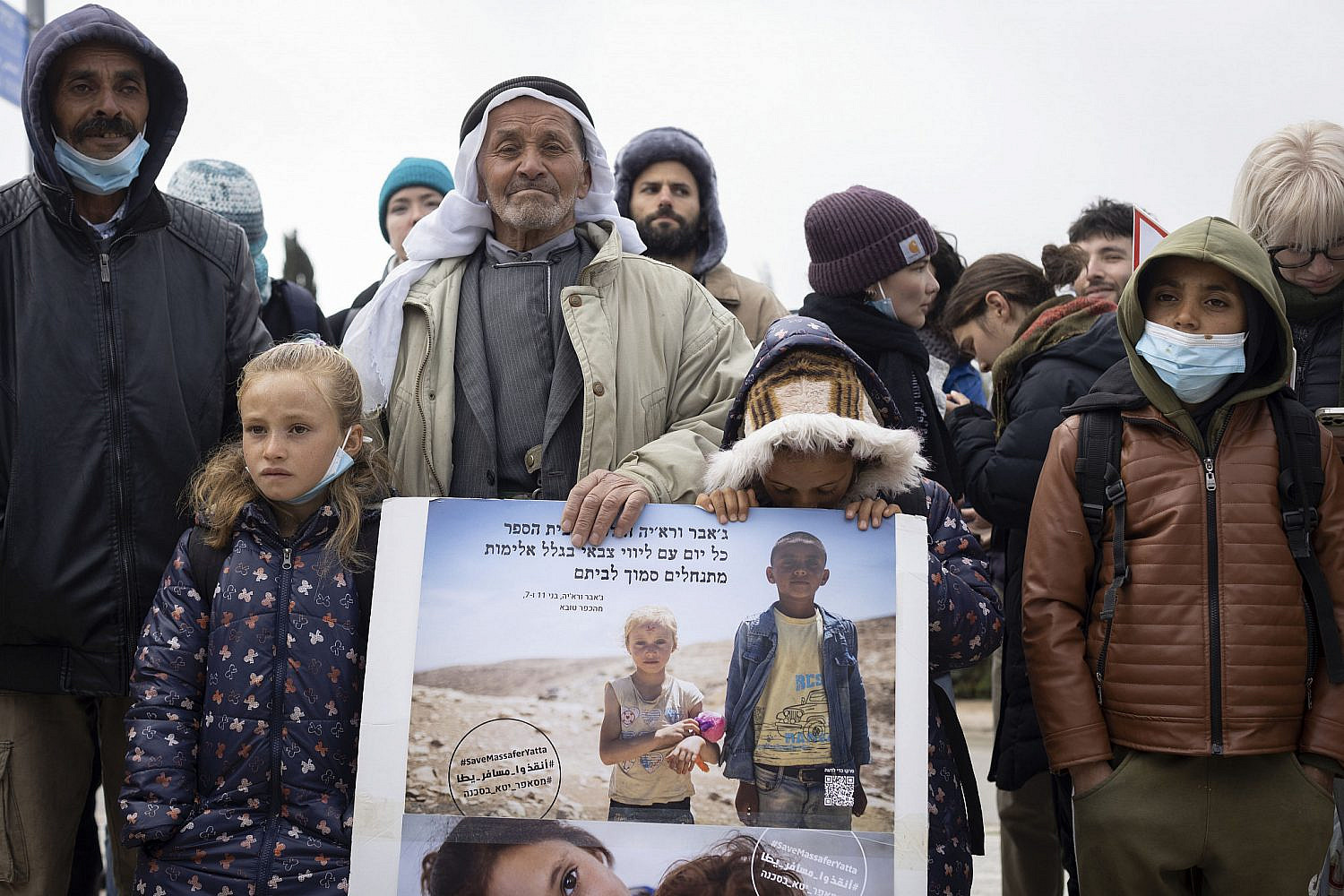
In 2000, Shlomo Leker, an attorney, contacted Havakook and asked him if he would agree to submit a deposition to the High Court about the years he lived in the area, to help those petitioning against the expulsion. Havakook agreed immediately. It is safe to assume that his statement would have helped the Palestinian residents of the villages. But Havakook was working at the Defense Ministry at the time, and therefore had to refer Leker to the Israeli attorney general to request permission for his deposition.
“A few days later, I received a phone call from the attorney general to the Defense Ministry,” said Havakook. “A lawyer spoke to me and said I’m forbidden from submitting a deposition, and that were I to do it without approval, I would be subject to disciplinary action. I was a state employee, I didn’t want to be harmed.”
When asked why the ministry prevented him from sharing what he saw in the villages with the court, Havakook said he didn’t know. “Maybe they were worried about their reasons, and maybe they looked at my book and understood what they understood.”
Michael Ben Yair, who served as Israel’s attorney general in the mid-90s, told +972 that he did not allow state employees, such as Havakook, to testify or submit depositions to the courts that opposed the stance of the government. However, it is not forbidden by law, and is rather a matter to be considered at the attorney general’s discretion, and in some instances may be permitted.
Havakook regretted it. “If both sides are relying on one book, and take different things from it, and there’s an opportunity for the author to explain it to the court, it would be appropriate for that to happen,” he said.
‘Western criteria of Tel Aviv or Ramat Gan’
When I told Havakook that the state made a claim, based on aerial photographs, that the villages didn’t have the traits of established settlements, such as paved roads, a school, or built structures, he laughed. Indeed, there were no such buildings in the villages, because the residents lived underground in caves. But for Havakook, there absolutely were villages there.
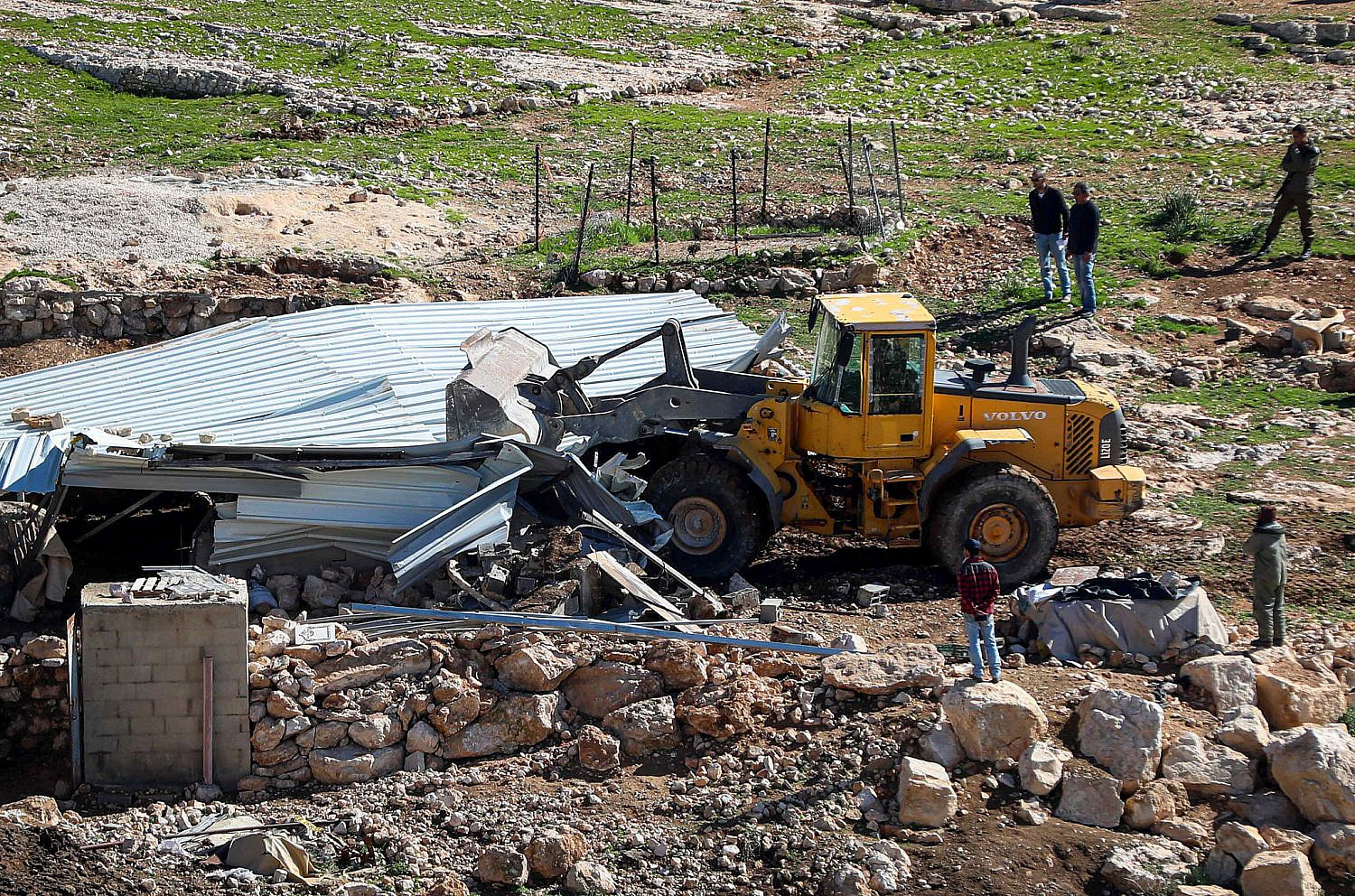
“The first time I went to a-Tuwani, I didn’t realize there was a settlement there. Suddenly, from the ground, a few meters away from me, a woman with a white headscarf popped up,” he said. “After a while I understood the place’s legitimacy. I saw that what at first seemed to me like a few stones scattered about the place, was in fact a kind of fence they’d made. I learned that the opening of the fence, which surrounds the home, is never opposite the opening of the cave, in order to maintain privacy.”
“There’s no one way of classifying this community,” Havakook said. “Not everything is defined according to the Western criteria of Tel Aviv or Ramat Gan, with property taxes and electricity and water and documents. The jurist, with all due respect, is sitting in a big neon room. He knows how to read legal clauses and is good at phrasing things in convoluted language, but he doesn’t live there. He has not inhaled the smell of campfire smoke inside the cave, he hasn’t been butted by a goat… judging a lifestyle through the eyes of another culture seems strange, unintelligible, and from here that interpretation can be a false one.”
Still, Havakook was not surprised by the state’s decision to expel the villagers. In 1999, 700 people were loaded onto trucks and deported from the area; they were permitted by the authorities to return only following a petition to the High Court. Now, the state has given the army the green light to evict them yet again.
A version of this article was first published in Hebrew on Local Call. Read it here.


